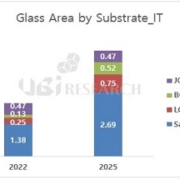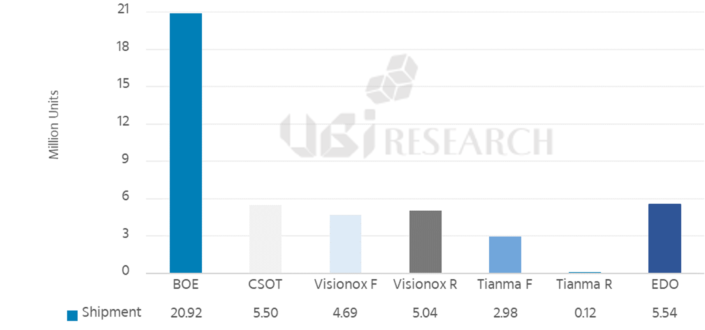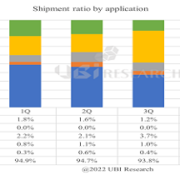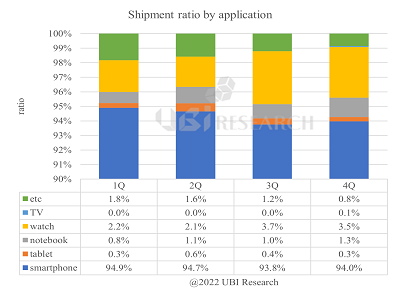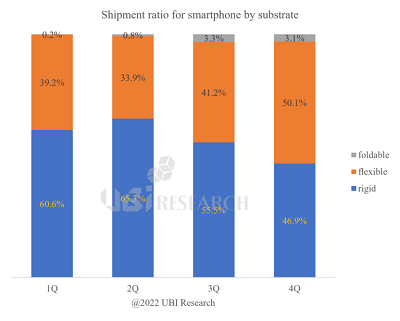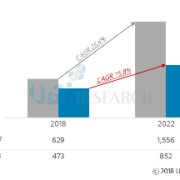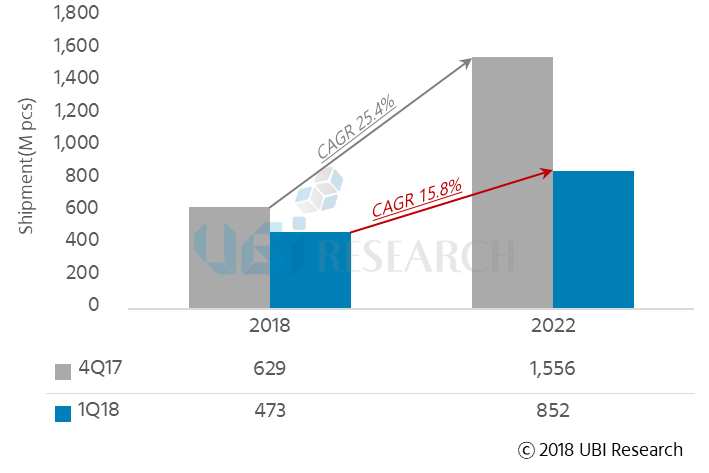2023 Gram for the first time to be equipped with OLED, applied Samsung Display’s rigid OLED
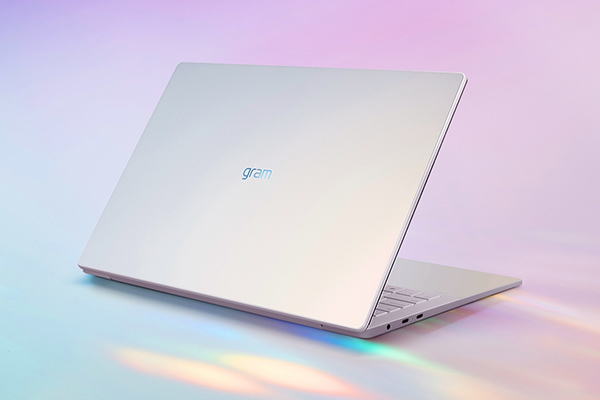
Gram by LG Electronics
Samsung Display’s rigid OLED panel is applied to Gram Style and Gram Ultraslim, the new 2023 Gram products to be released by LG Electronics. Samsung Display is producing rigid OLEDs for smartphones and IT products in the A2 line. This is the first time for Samsung Display to supply OLED panels to LG Electronics.
The representative product, Gram Style (model name: 16Z90RS, 14Z90RS), has an aurora white color that changes color depending on the angle and direction of light and Gorilla Glass material applied to the exterior. The space below the keyboard is equipped with a hidden touchpad that only lights up when touched.
Gram Style consists of two types, 14 and 16 type. The 16-inch adopts a 16-inch WQHD+ (3200×2000) OLED display with a 16:10 aspect ratio and meets the standard color gamut DCI-P3 of the Digital Cinema Initiatives (DCI). AGLR (Anti-Glare & Low Reflection), which reduces light reflection and glare, is applied to the panel.
One 15.6-inch Gram Ultraslim has been released, with a resolution of FHD (1920×1080), an ultra-light weight of 998g, and a thin thickness of 10.99 mm, making it the lightest and thinnest ever among the Gram series.
LG Electronics applied only IPS panels to the previous Gram series, but applied OLED panels for the first time starting with this new product. It is analyzed that LG Electronics adopted OLED for reasons such as not only the excellent picture quality and immersion of OLED, but also the ability to use proven Samsung Display panels and a price that is not significantly higher than that of IPS. In addition, from the standpoint of Samsung Display, it is an opportunity to recover the utilization rate of the A2 line, which has been sluggish due to China’s low-price offensive, and to secure new customers.


 AMOLED Manufacturing Process Report Ver.5 Sample Download
AMOLED Manufacturing Process Report Ver.5 Sample Download